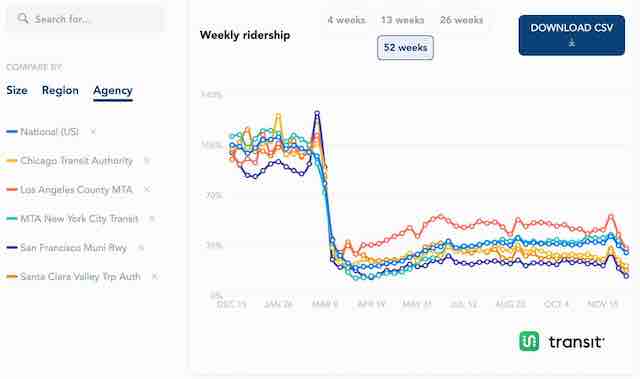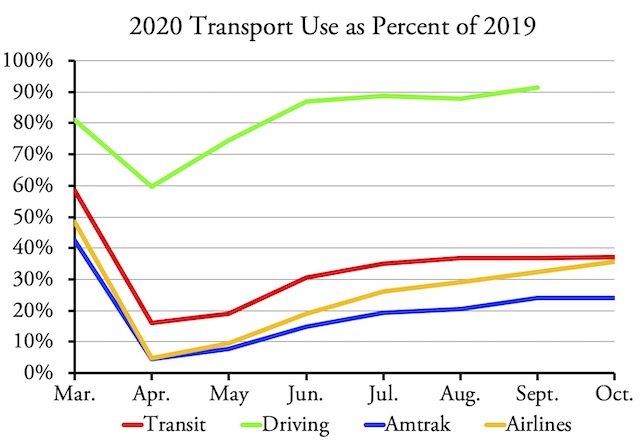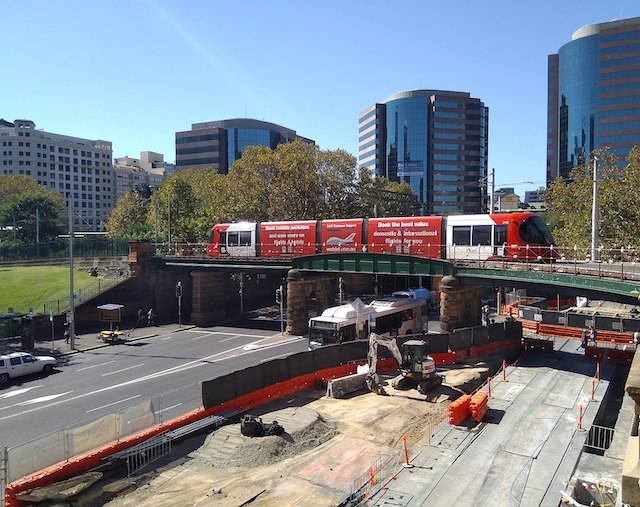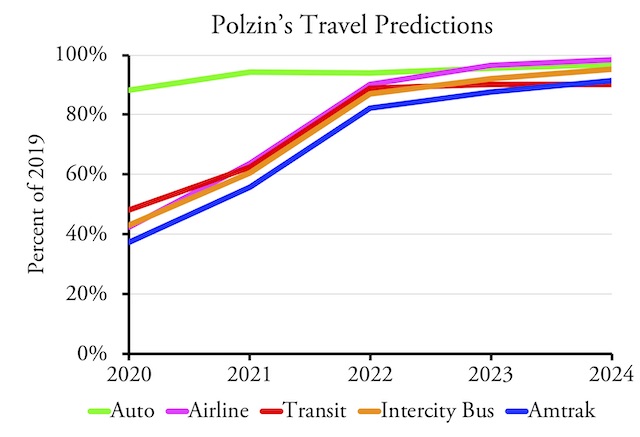The city of Honolulu has now officially admitted that completing its misbegotten rail transit project will cost more than $10 billion and that it won’t be done until 2033. When first proposed back in 2006, it was supposed to cost less than $3 billion and when construction began in 2013 it was supposed to begin operations early this year.
Although it will be completely elevated, leading the Federal Transit Administration to classify it as heavy rail, the trains Honolulu has purchased will only have the capacity of light rail. It is costing more per urban resident than any rail line in the world, yet it won’t be able to carry as many people per hour as a bus-rapid transit line.
Meanwhile, Denver’s Regional Transit District (RTD), which has suffered its own cost-overruns, is enthused about the idea of spending $2.5 billion for a 45-mph Front Range train from Ft. Collins to Pueblo. RTD’s own FasTracks rail project ended up costing more than twice as much as was promised to voters, forcing RTD to at least delay construction on a proposed line to Longmont.
When that line was at the stage that Front Range rail is at now, RTD estimated that it would cost $211 million. By 2008, the cost had risen to more than $700 million and the line was expected to carry so few riders that taxpayers would end up paying $60 a ride. Continue reading →











